Meet The Teaching Artist: Emily Frank
Posted Wednesday October 19 2016 at 4:23 pm.
Used tags: cool, teacher, vsa

Hello! My name is Emily Frank, or Miss Frank, Frank, or Frankie to my students. I am currently one of a few TAs working at the Henderson Inclusion School. I work with lead teacher Jozeph Zaremba teaching visual arts to students in grades 6 through 12. Not only am I new to VSA, but I am also finishing my BFA in Art Education at the Massachusetts College of Art and Design. I am lucky enough to have been given the opportunity to student teach for an entire year rather than a single semester, which is the "normal plan" at MassArt, and I am excited to be spending an entire year learning and growing with all our students.
As an artist, I am multidisciplinary and I use many different formats and mediums for exploring art when set in time constraints. For example, amidst an overwhelmingly busy schedule, I have been using my commuting time as my art making time and stretching the boundaries of what a "studio" really is, and what constitutes as "material". In the sequence below, I used only the materials available to me during my hour long commute (yellow, blue, orange and pink highlighters, a sharpie, and my sketchbook).
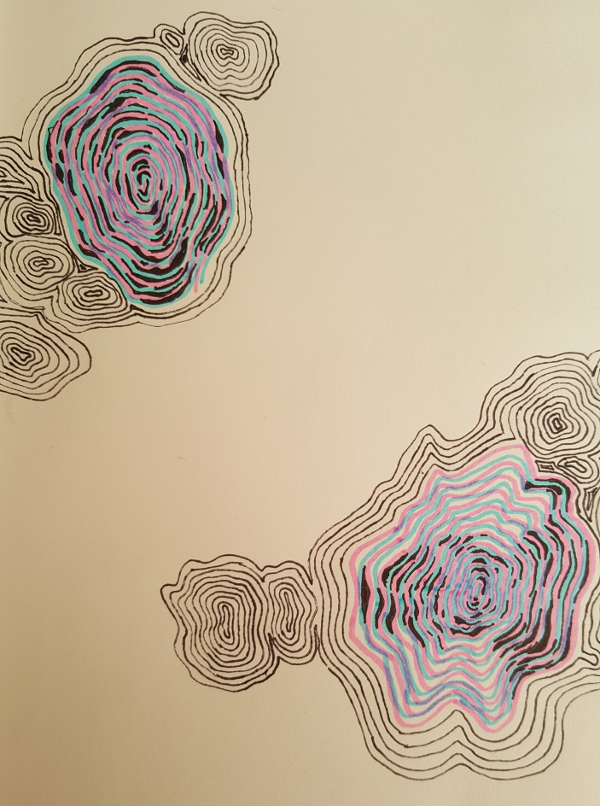
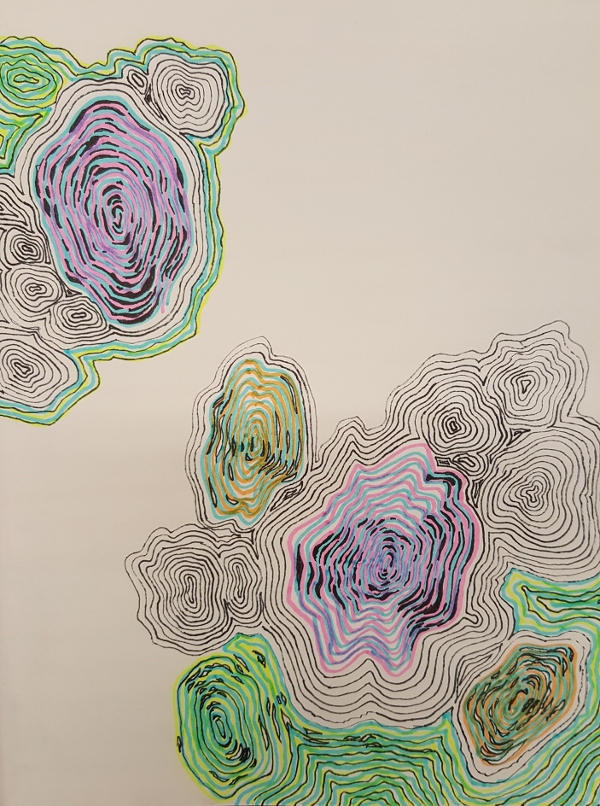
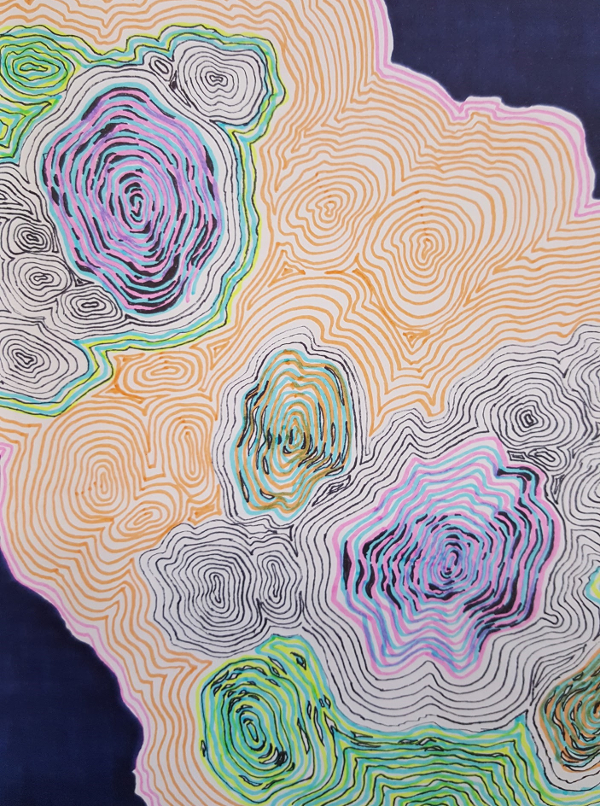
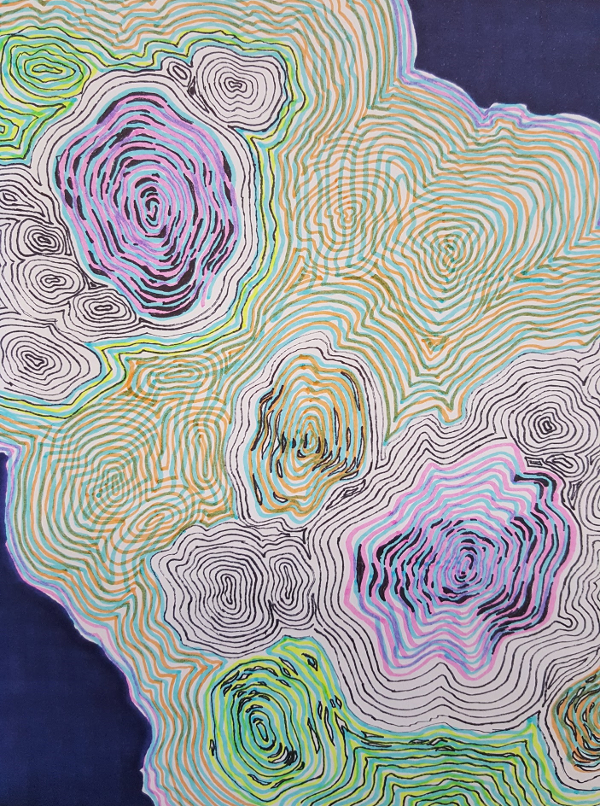
As a teacher, I am still in the process of learning what I think is applicable and valid to teach the students I work with. Working at the Henderson is my first experience with full inclusion, and because I am a student teacher, I have been spending the first several weeks of the school year observing and getting to know how each of the students operate.
As a teaching artist, I would love to start incorporating contemporary practices into the classroom. I find the traditional mindset is product, product, product. Students do not necessarily see how all the preparatory steps are important, and are not as engaged with those steps because they are only concerned with how it will look, and how they can get to the end quickly. While I fully support giving kids the necessary tools for a well-equipped toolbox (observation, technique, craft, etc.), I think there are ways of accomplishing that by making the process part more engaging.
So far, I have had some control over our 6th grade class. I have adapted past lesson plans from Mr. Zaremba - one on the elements of art in which students used 2-dimensional work and constructed a 3-dimensional form from that work, and one on art from other parts of the world (Indian mandalas and symmetry, African Kente cloth and weaving, Greek pottery and negative and positive space, and value and composition in Japanese ink drawing). The students have constructed Passport Workbooks, which they will bring with them as they fly to each of the countries. Upon completion of studying that country's art, they will receive a stamp that will allow them to fly to the next country. Before beginning this project, I re-adapted the lesson to support the cultures that exist within our classroom. We have students either from these countries or interested in these countries, so I want them to understand the real world applicability.
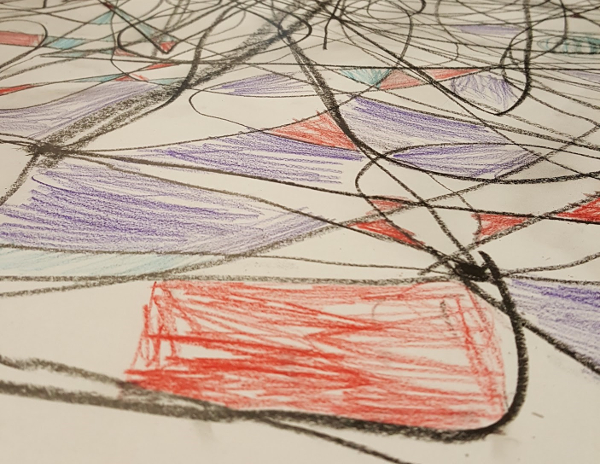
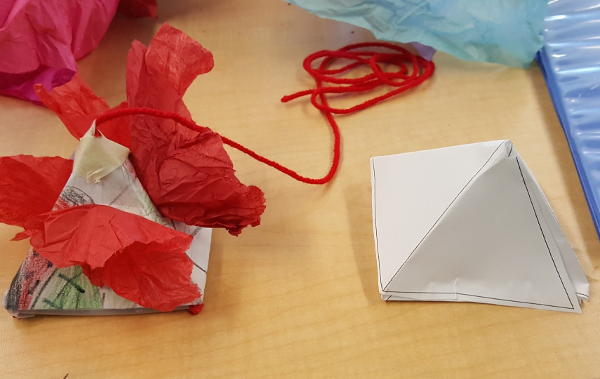
Both being a student AND being immersed in this teaching environment, I already feel like I am learning a lot. I look forward to having this next year to learn even more. I have been finding that some of my preconceived notions were accurate, while others have been vastly changed. I am looking forward to this next year and how my Teaching Philosophy will adapt and grow.
TweetNo comments
